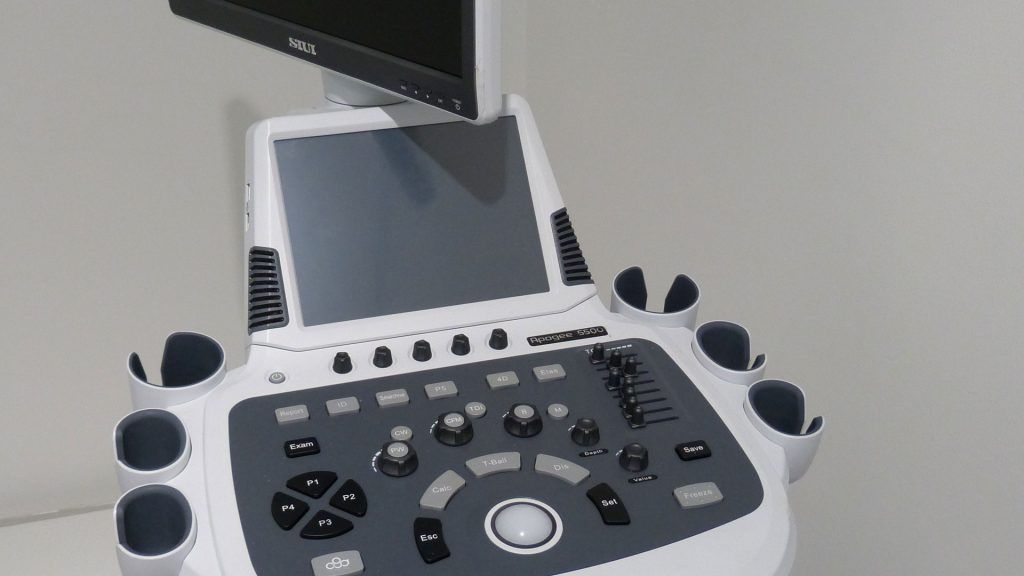Low intensity ultrasound device or low-intensity pulsed ultrasound (LIPUS) is a technology that’s mostly used for therapeutic purposes. As its name suggests, it gives out low intensity and pulsed sound waves for the purpose of inducing regenerative and anti-inflammatory effects on biological tissues, e.g. tendon, bone, cartilage, etc. Using a low intensity ultrasound device by portable ultrasound manufacturers for therapy is quite common nowadays. We have described the usefulness of LIPUS devices below.
Acute Fracture Treatments
The normal repair process in a fresh fracture can be sped up by low-intensity pulsed ultrasound (LIPUS) and it can also help stimulate the healing process of nonunions. The healing of Grade 1 open tibial fracture and distal radial fractures can be significantly decreased with the help of ultrasound. LIPUS is very useful when it comes to comminuted or open fractures that include patients who are of older age, have a smoking history, have diabetes, and/or are malnourished. LIPUS therapy shouldn’t be used in otherwise healthy people’s simple fractures.
Laser and Therapeutic Ultrasound
This is the most common use of LIPUS. LIPUS can provide proper stimuli to accelerate chondrogenesis. LIPUS usually use 1.5 MHz frequency pulses. It can be used as a non-invasive physical stimulation for therapeutic purposes because it has minimal thermal effects and it transmits acoustic energy to the target tissue. LIPUS can induce therapeutic changes without much increase in the biological temperature.
Fracture Healing
LIPUS has remarkable advantageous skeletal effects. Regular ultrasound devices give out high-frequency inaudible sound waves and it is used by physical therapists to treat injuries in soft tissues. On the other hand, to treat injuries in hard tissues, low-intensity devices are preferred. LIPUS can accelerate the rate of repair of fresh fractures significantly. LIPUS can decrease the time for recovery by 30-38% which shows a reduction of healing time in tibial diaphyseal, scaphoid fractures, and distal radius.
ISATA is a term that refers to the average ultrasound power over the area of the ultrasound beam and the average of this intensity over a complete pulse cycle. The ultrasound with an ISATA below 0.1W/cm2 is called LIPUS. The reason why LIPUS is preferred to heal fractures is that its low ISATA decreases the risk of any thermal or cavitational tissue damage. LIPUS is approved by the US FDA to be applied to the bone.
Other Uses
Osteoblasts are the cells that help to form a new bone. They are related to structural cells and they also come from bone marrow. LIPUS has a direct effect on osteoblasts. Its effects include stimulation of the immediate-early response genes, alteration of transmembrane ion transfer, etc. LIPUS can unionize bones with stimulation. LIPUS even has capabilities to regulate cell proliferation and differentiation and can help the opening of cell membrane channels.
Conclusion
It should be clear by now that although a low intensity ultrasound device is most commonly used for therapeutic purposes, it has other very significant roles to play in other medical areas, too. We can expect many more functions of LIPUS in the future.

